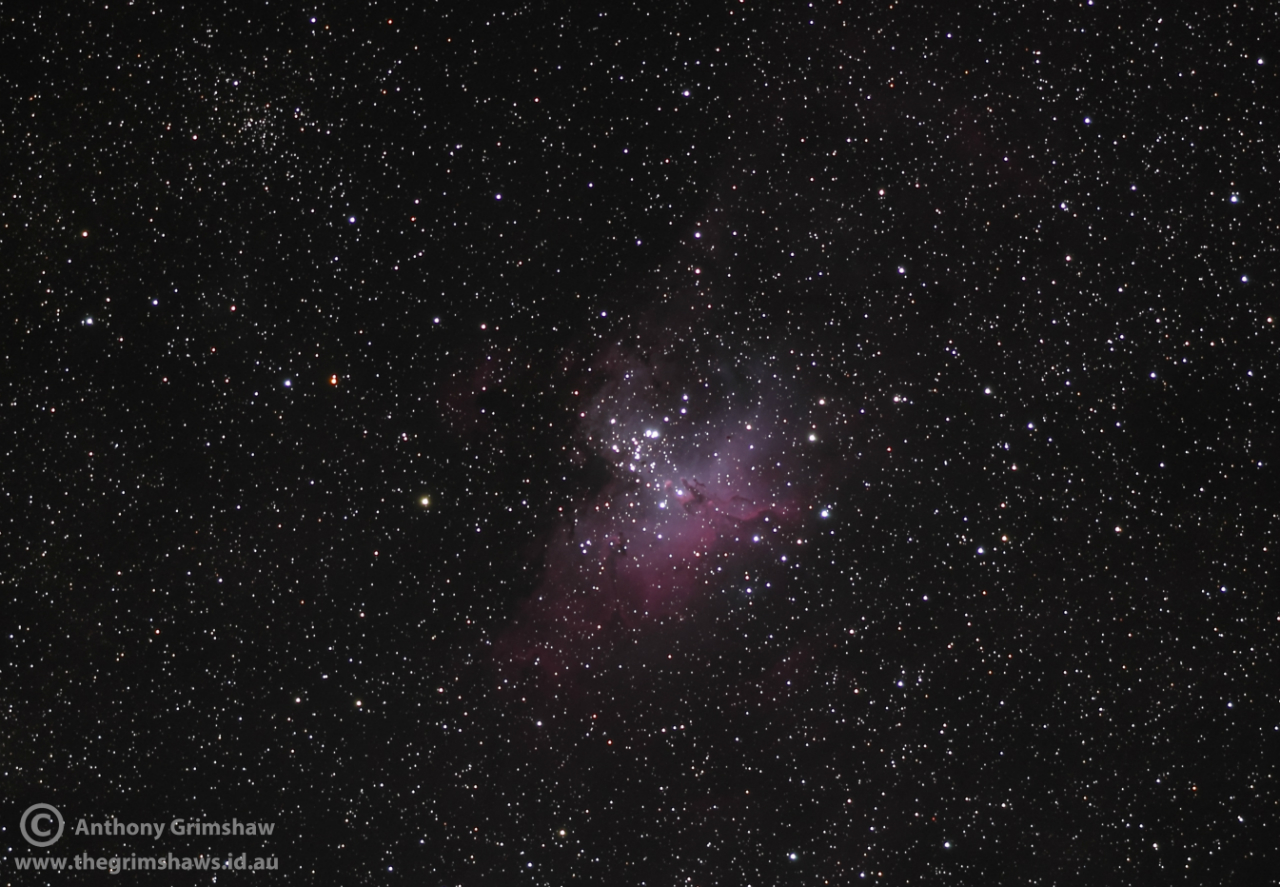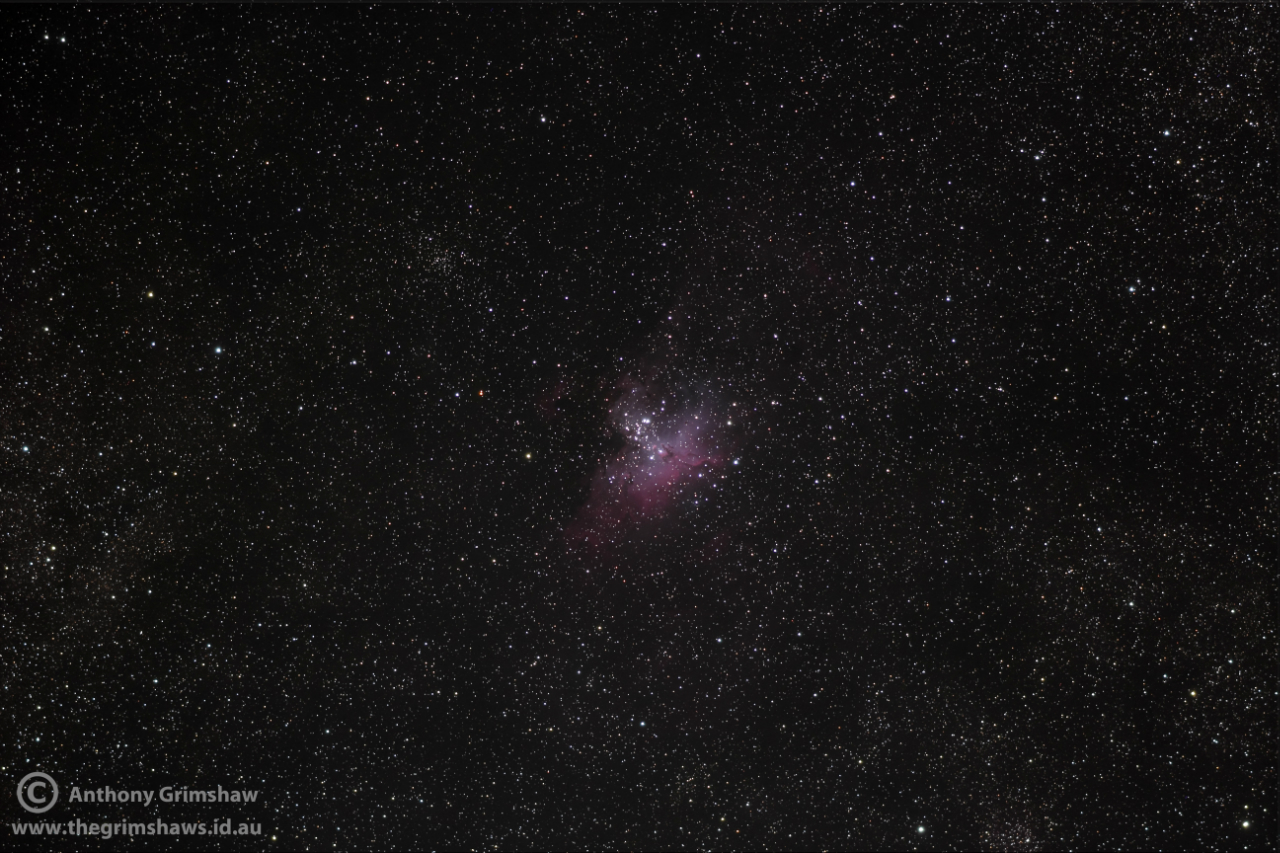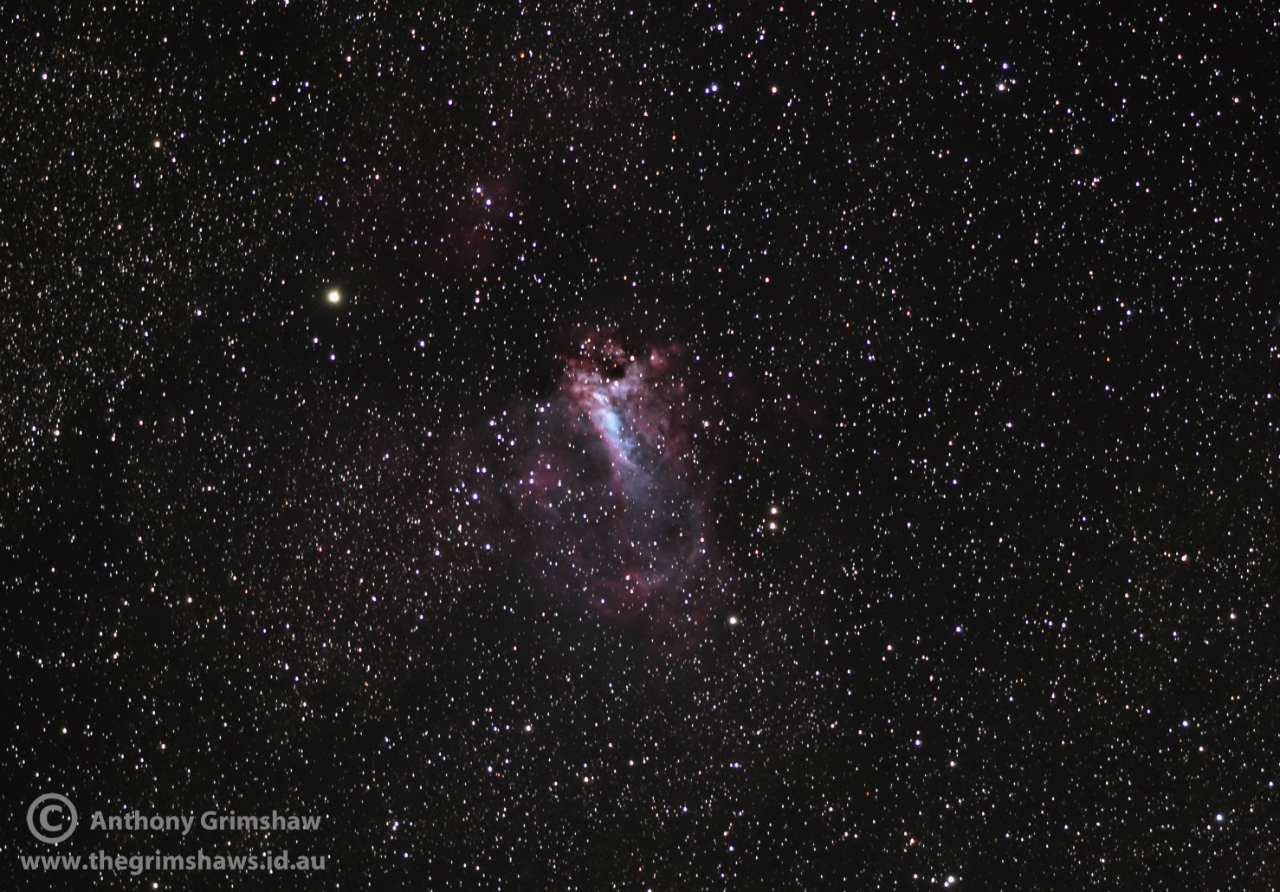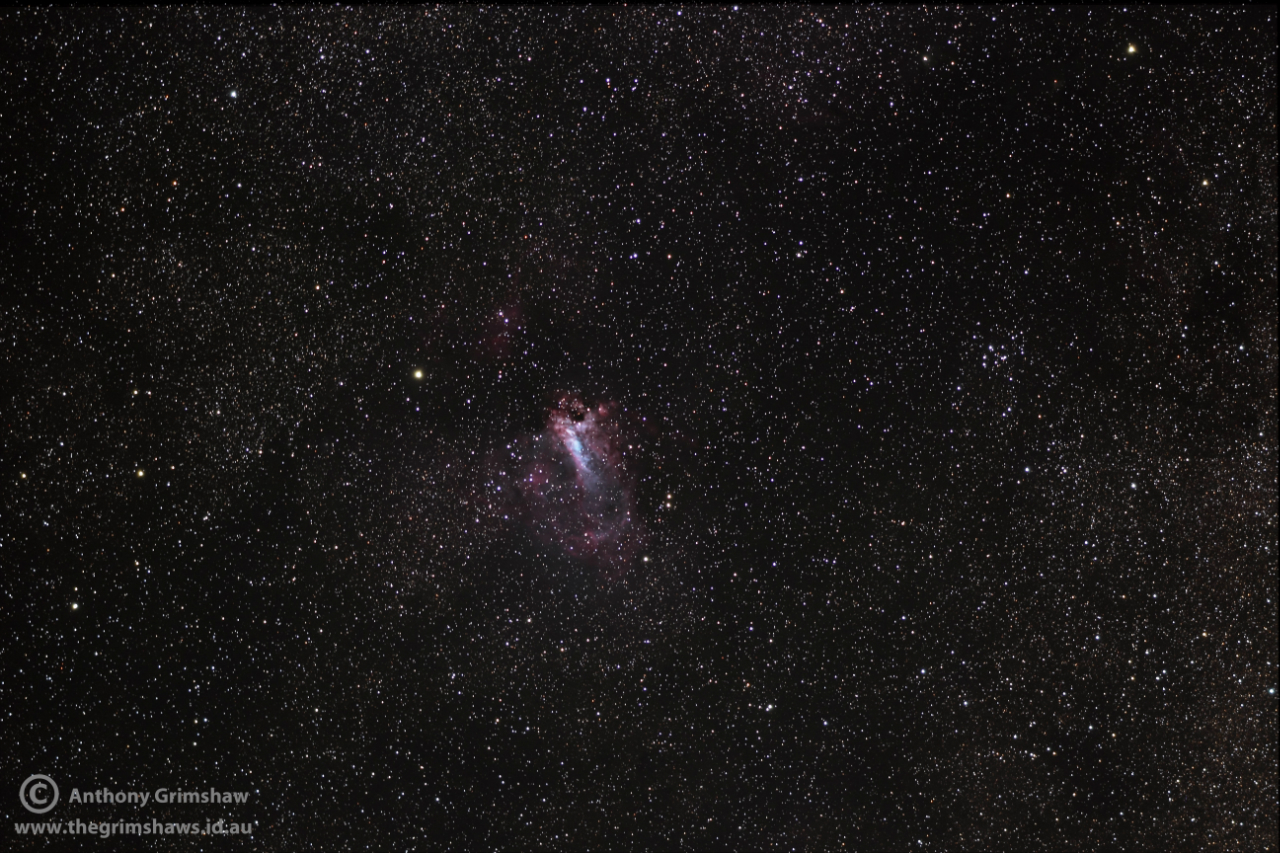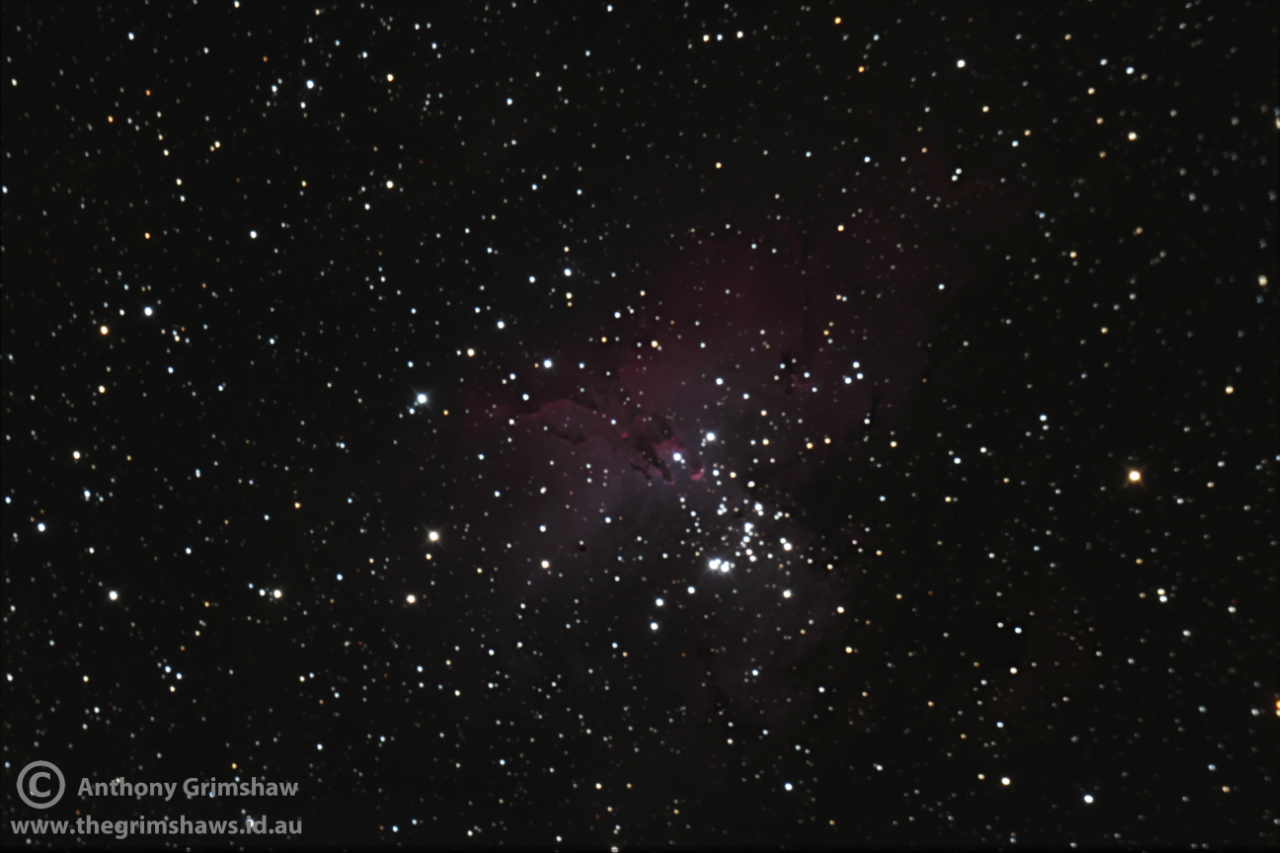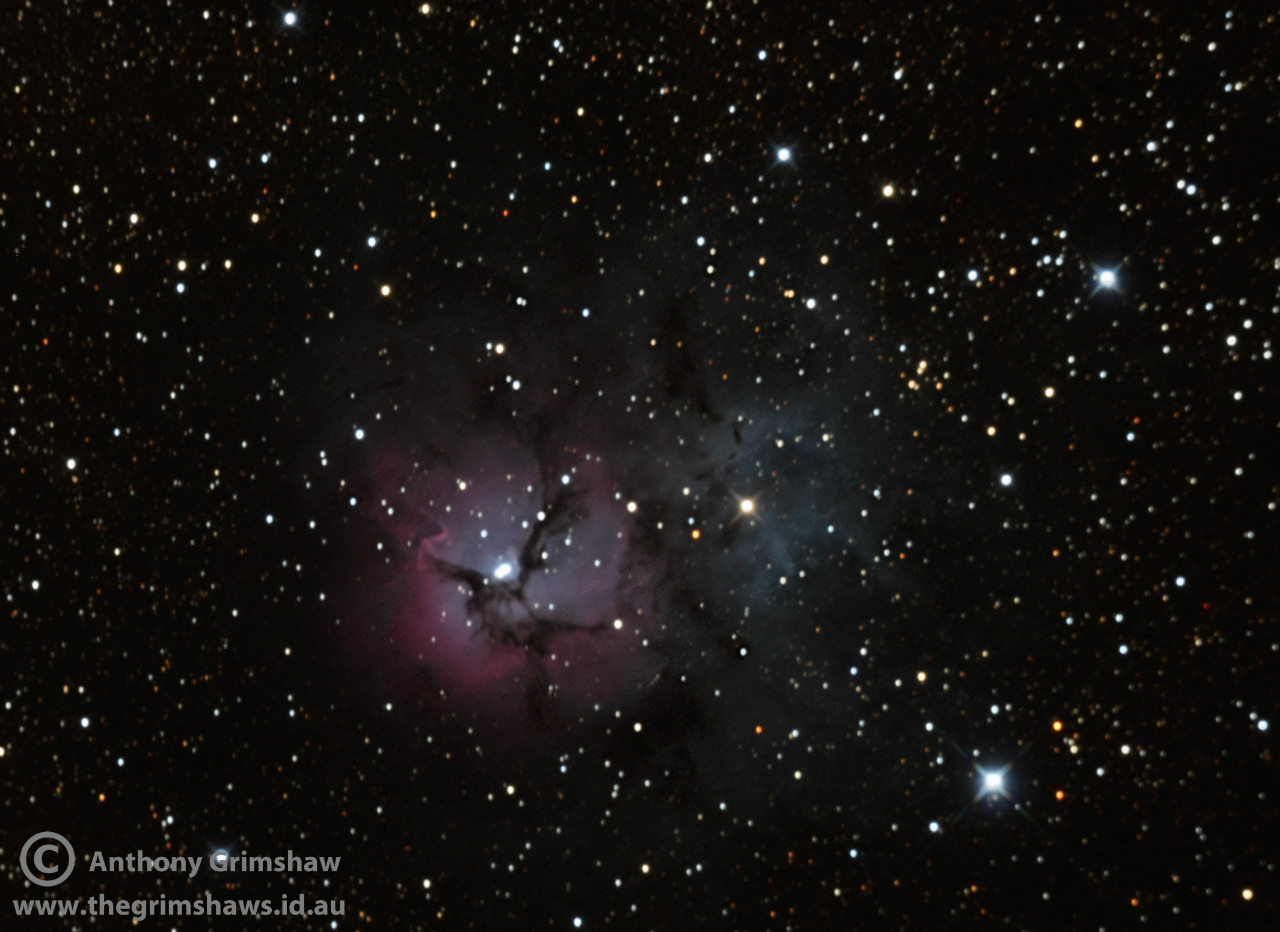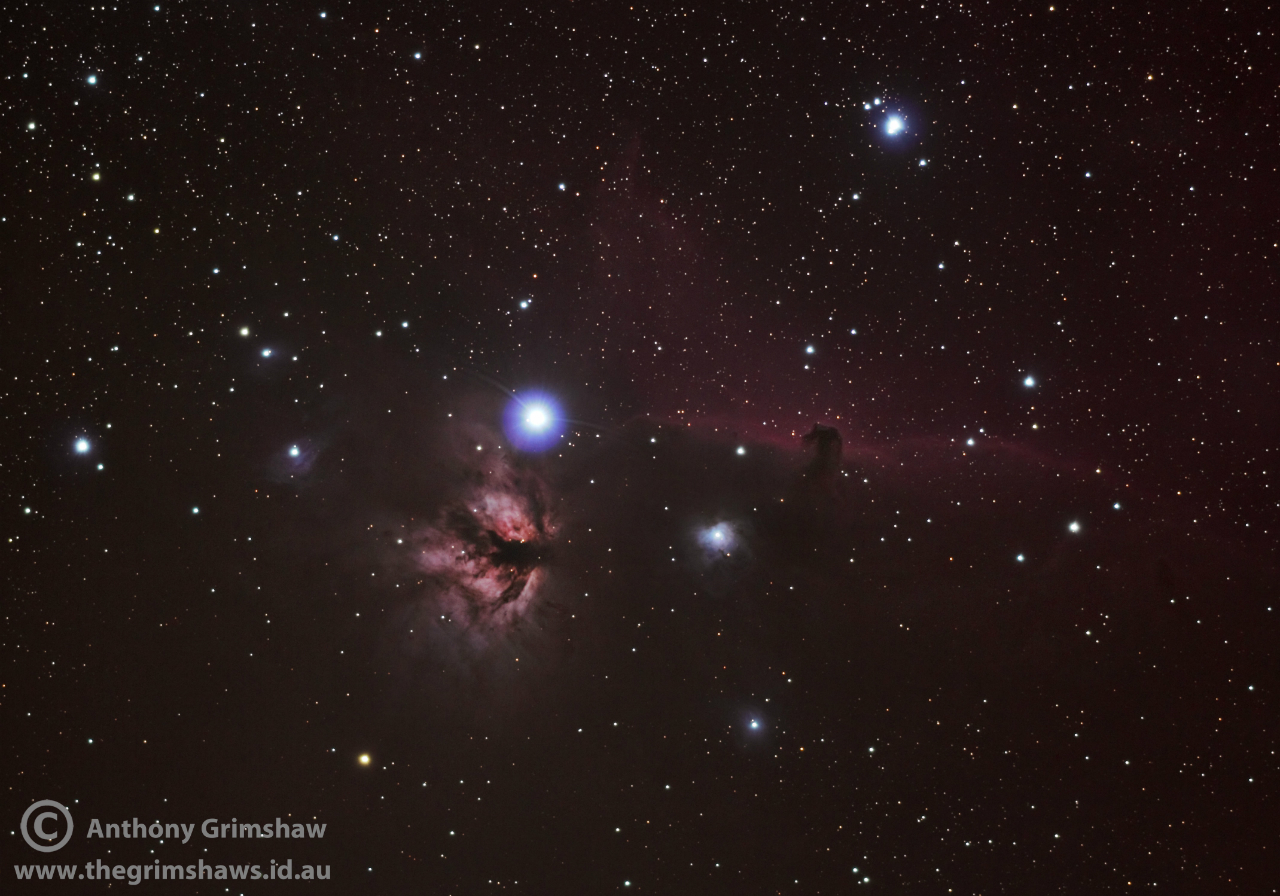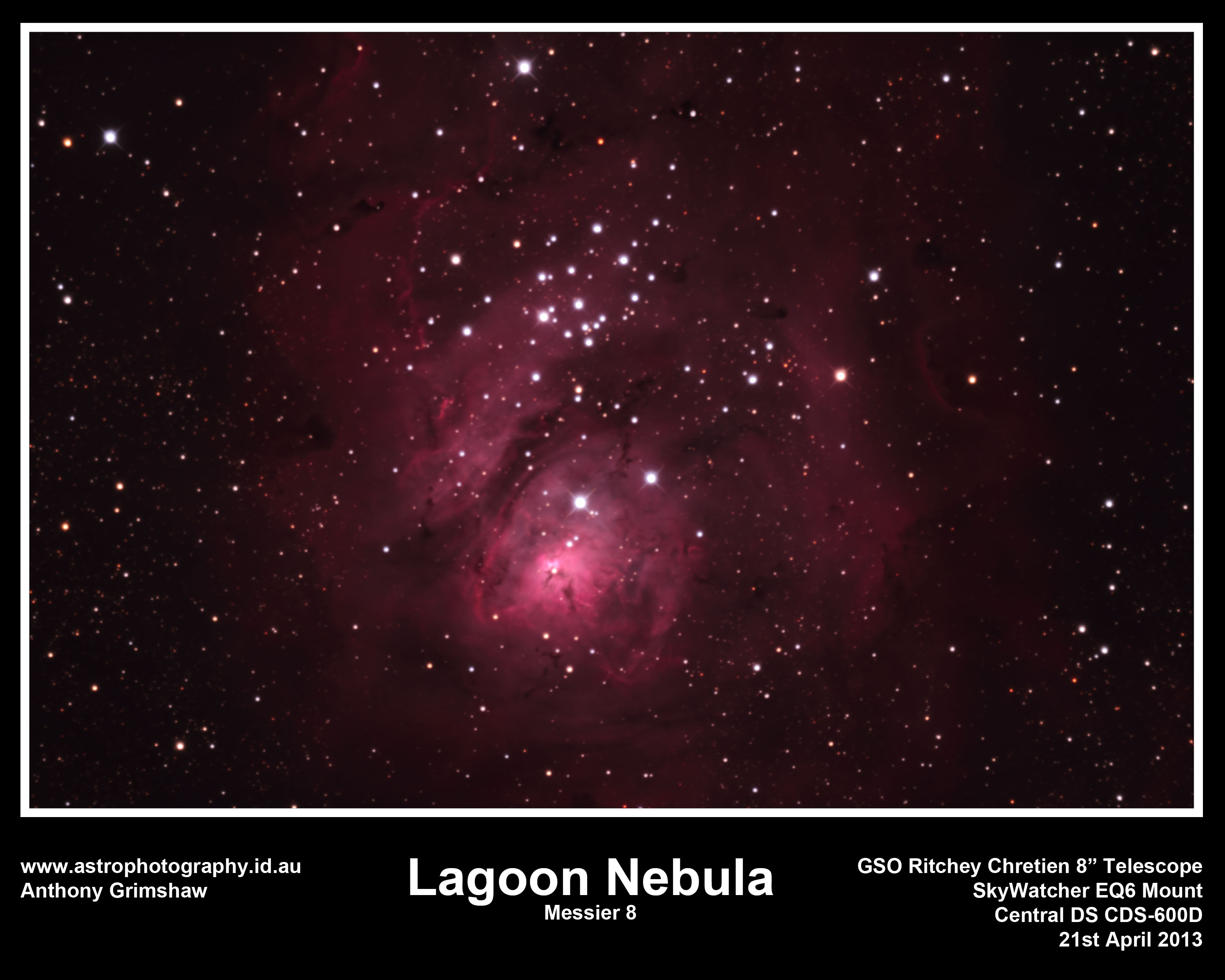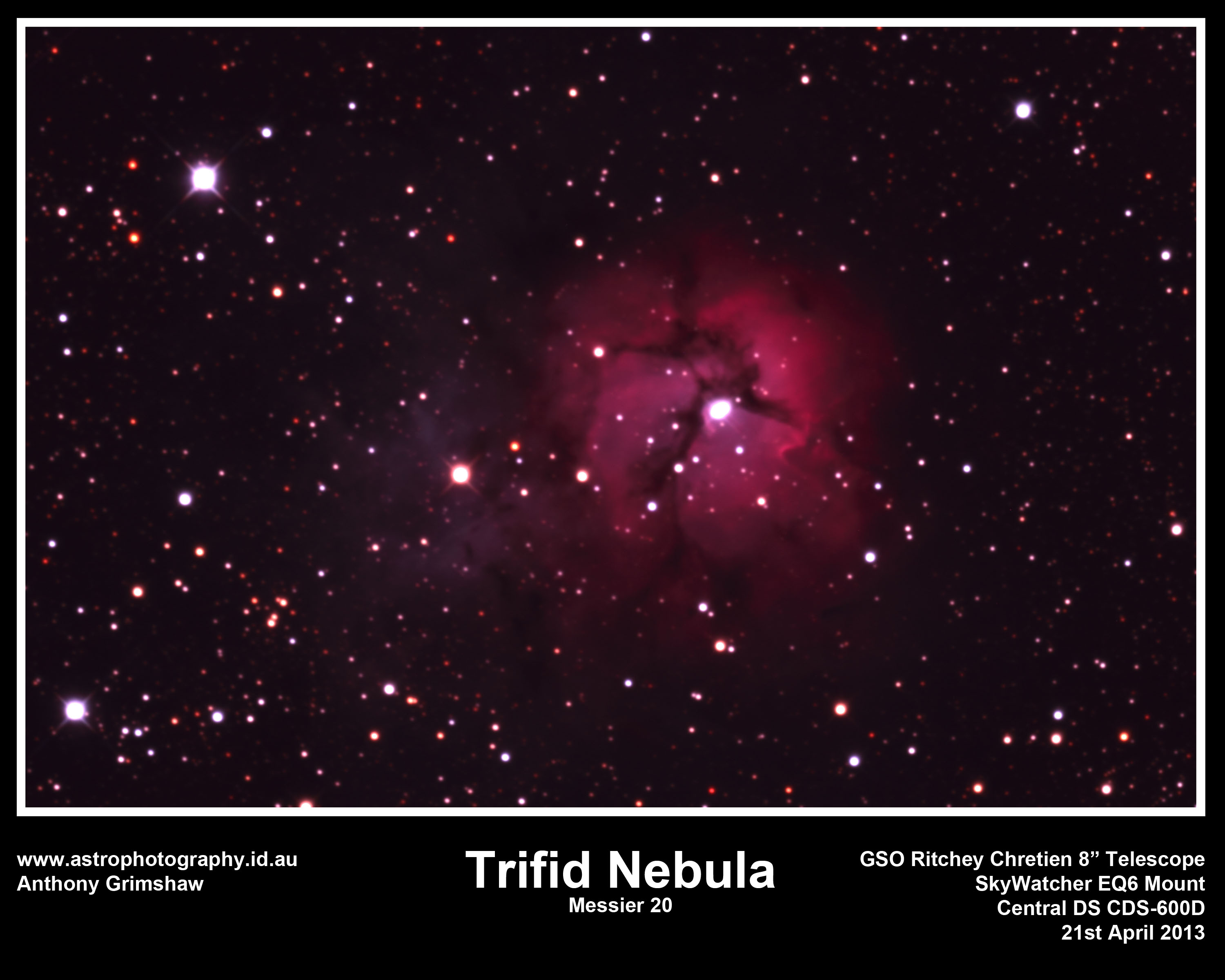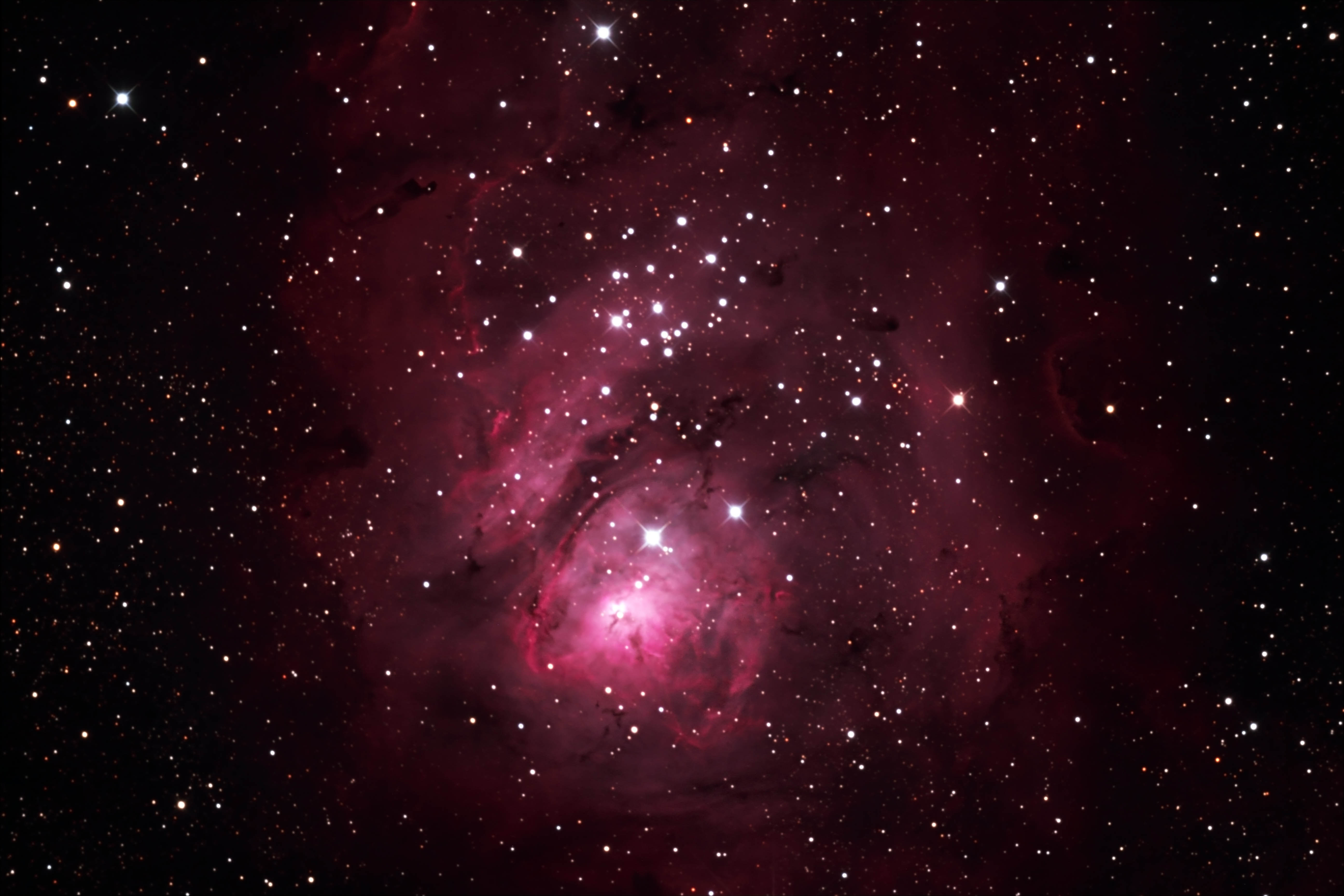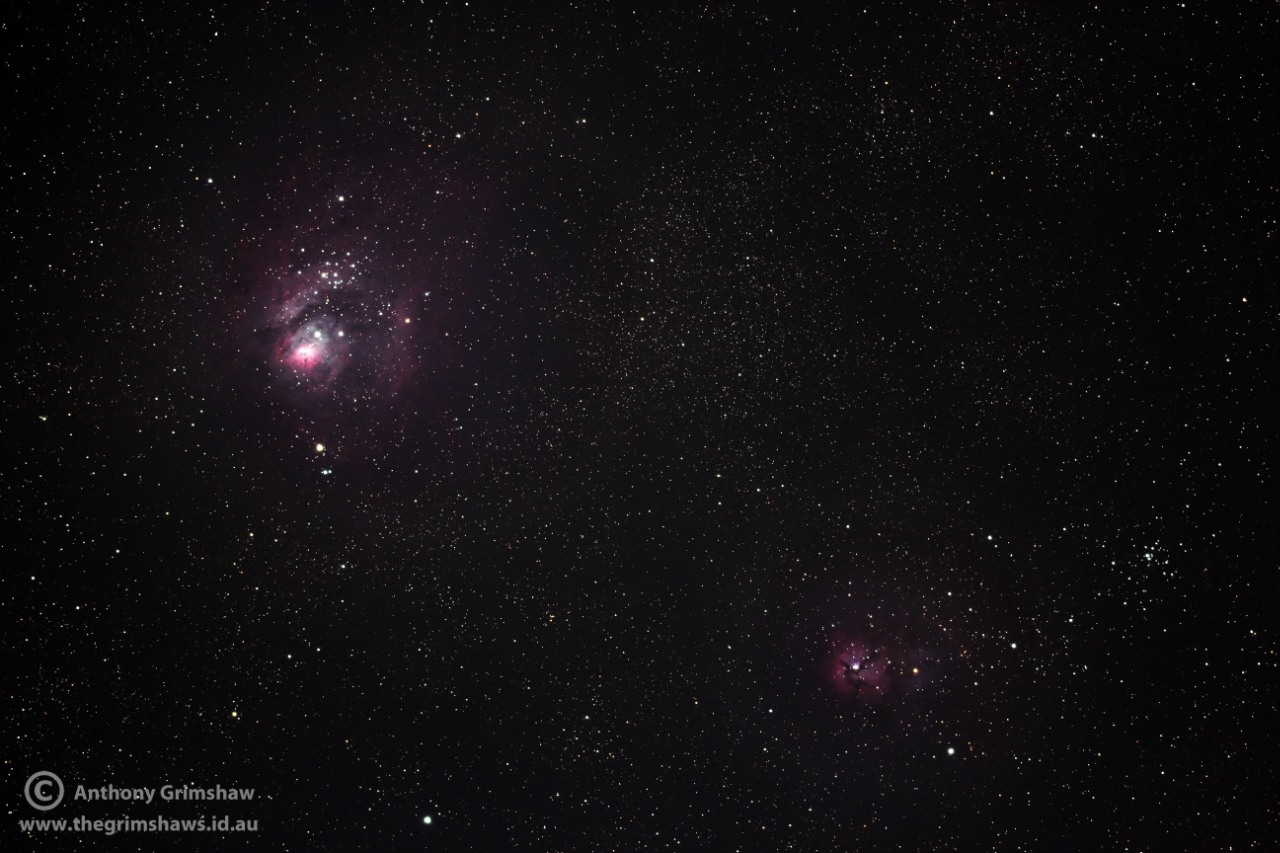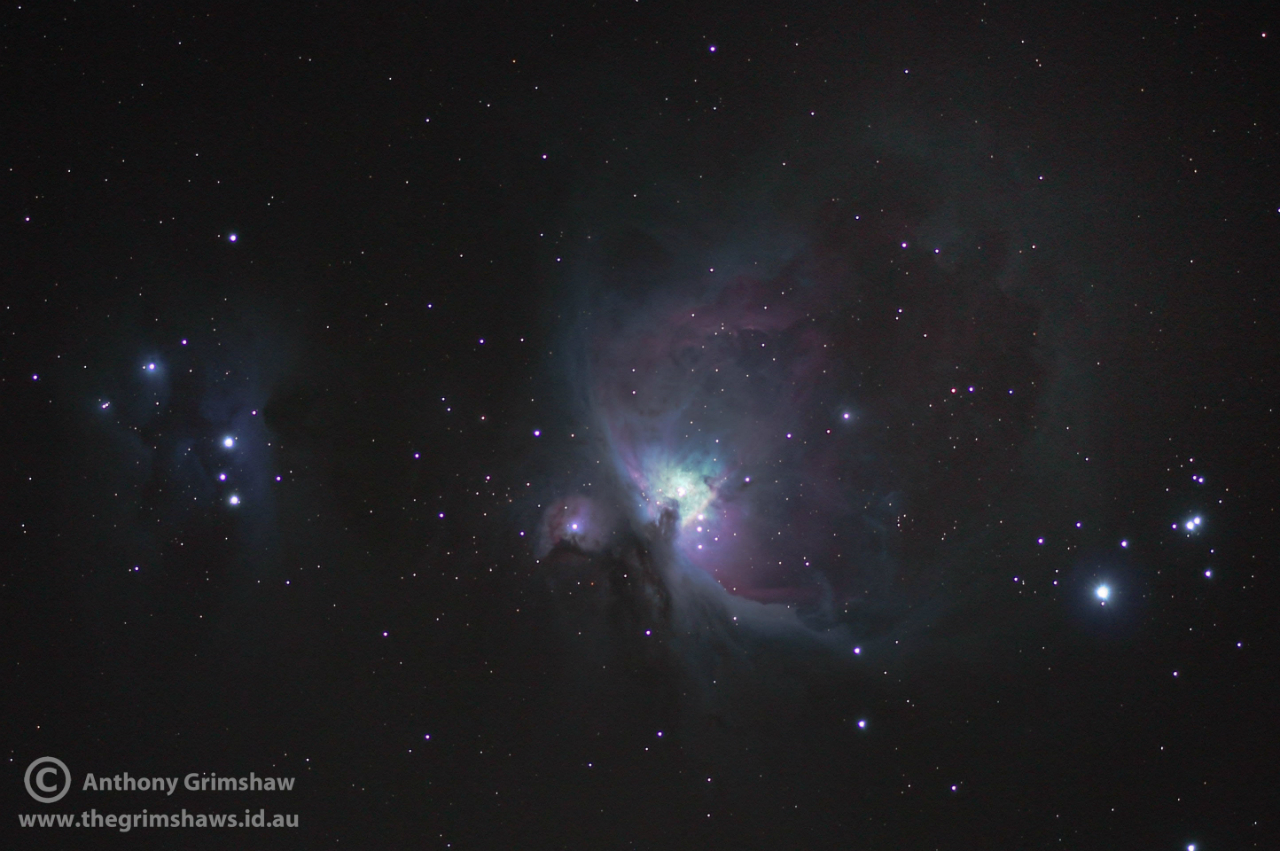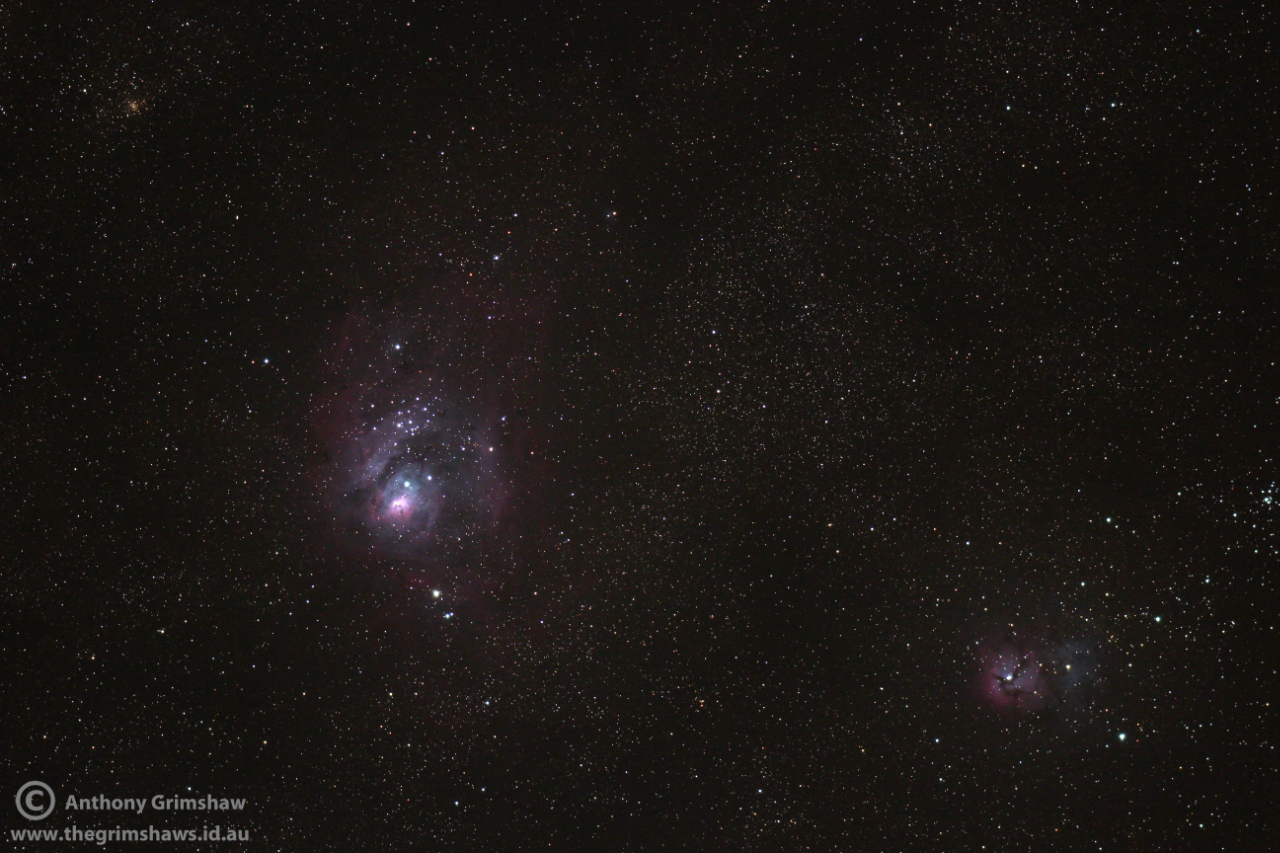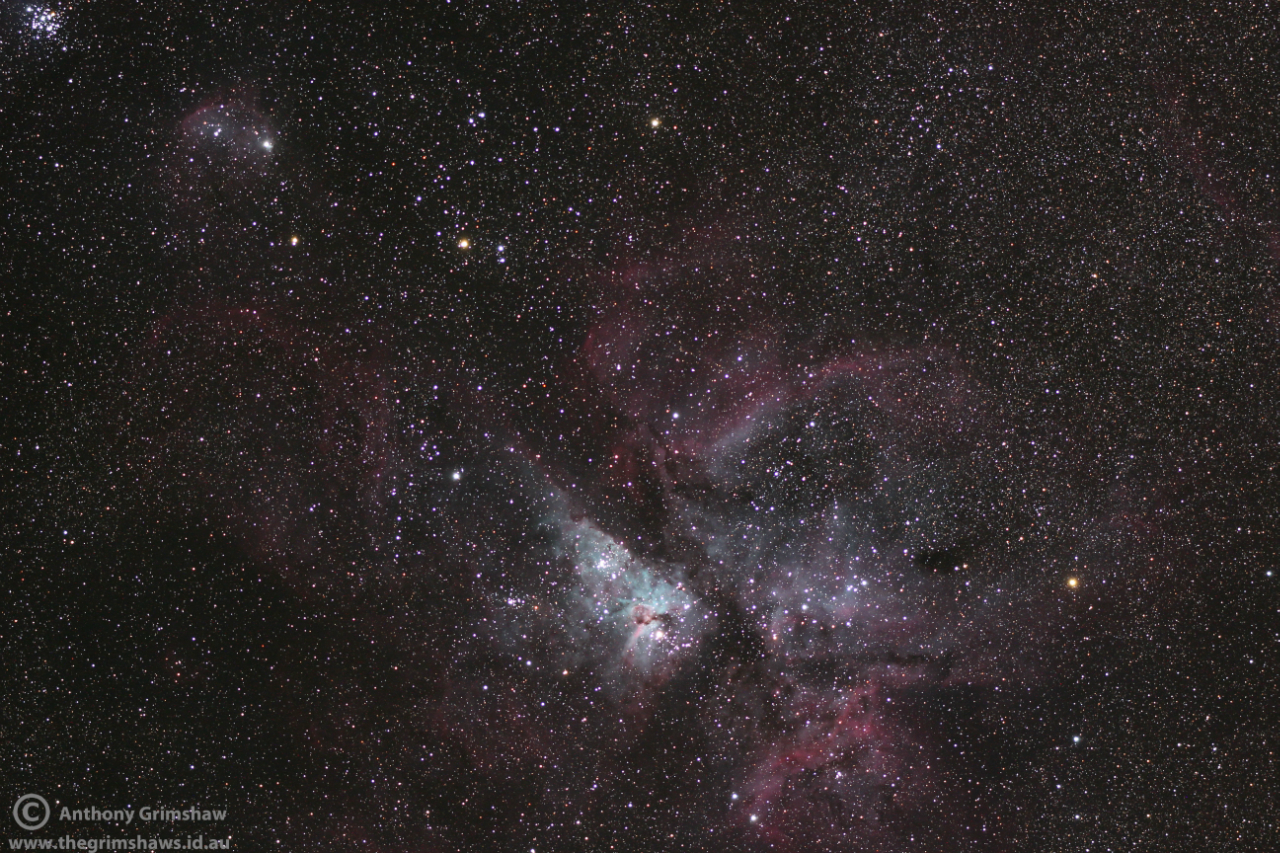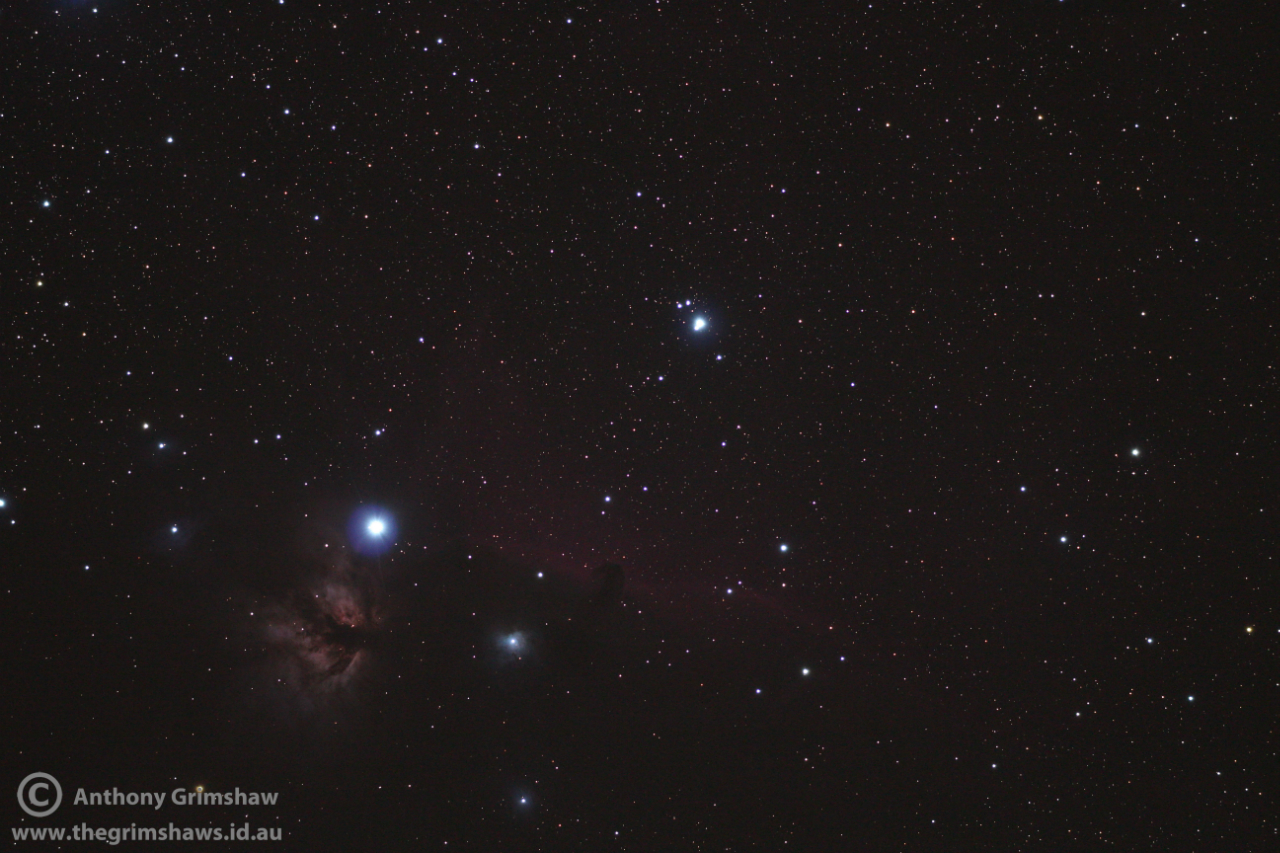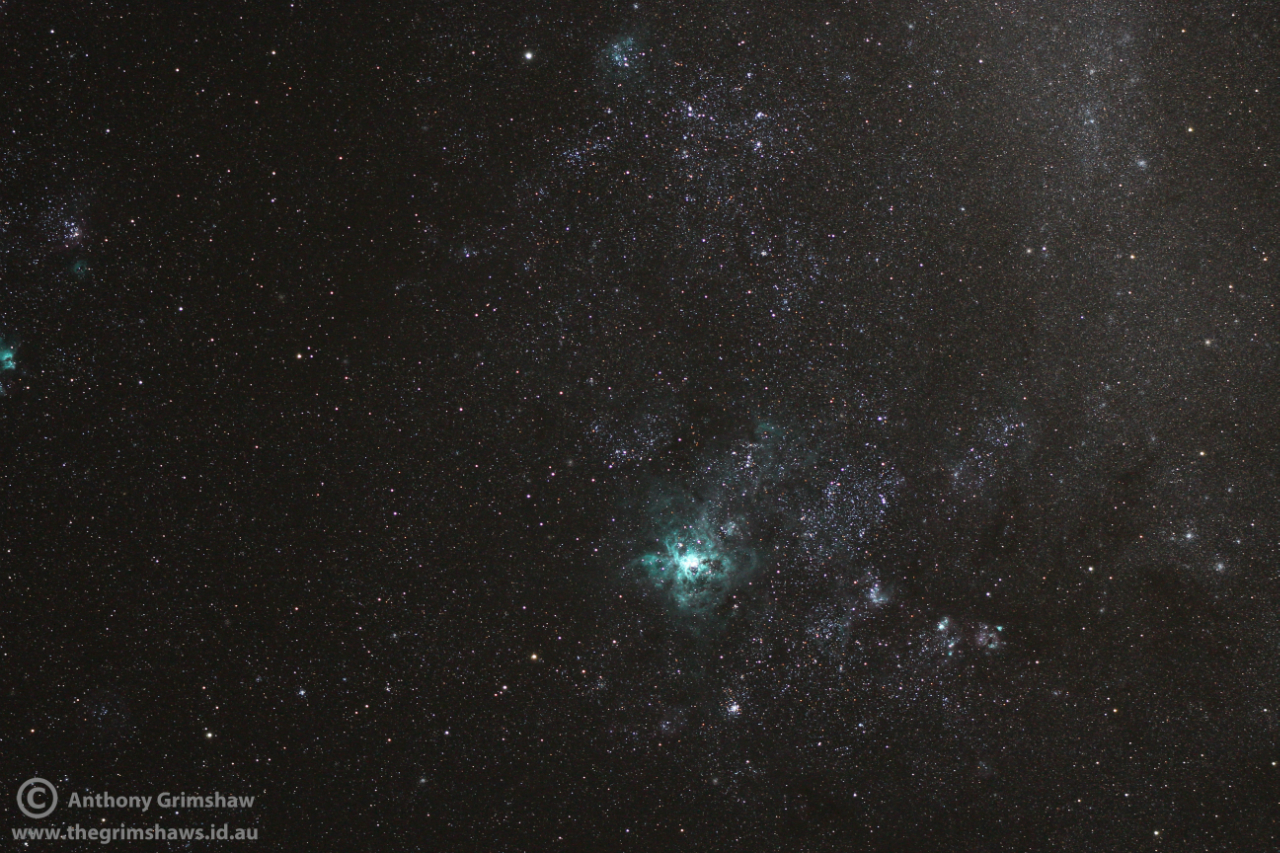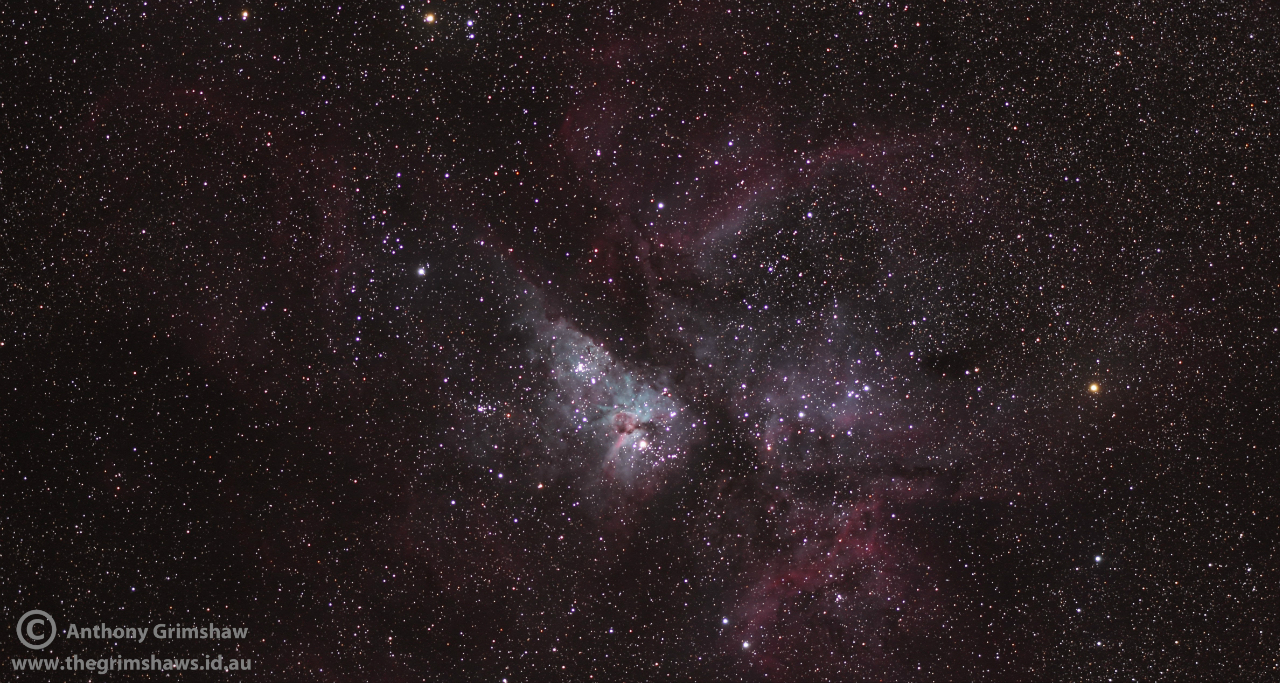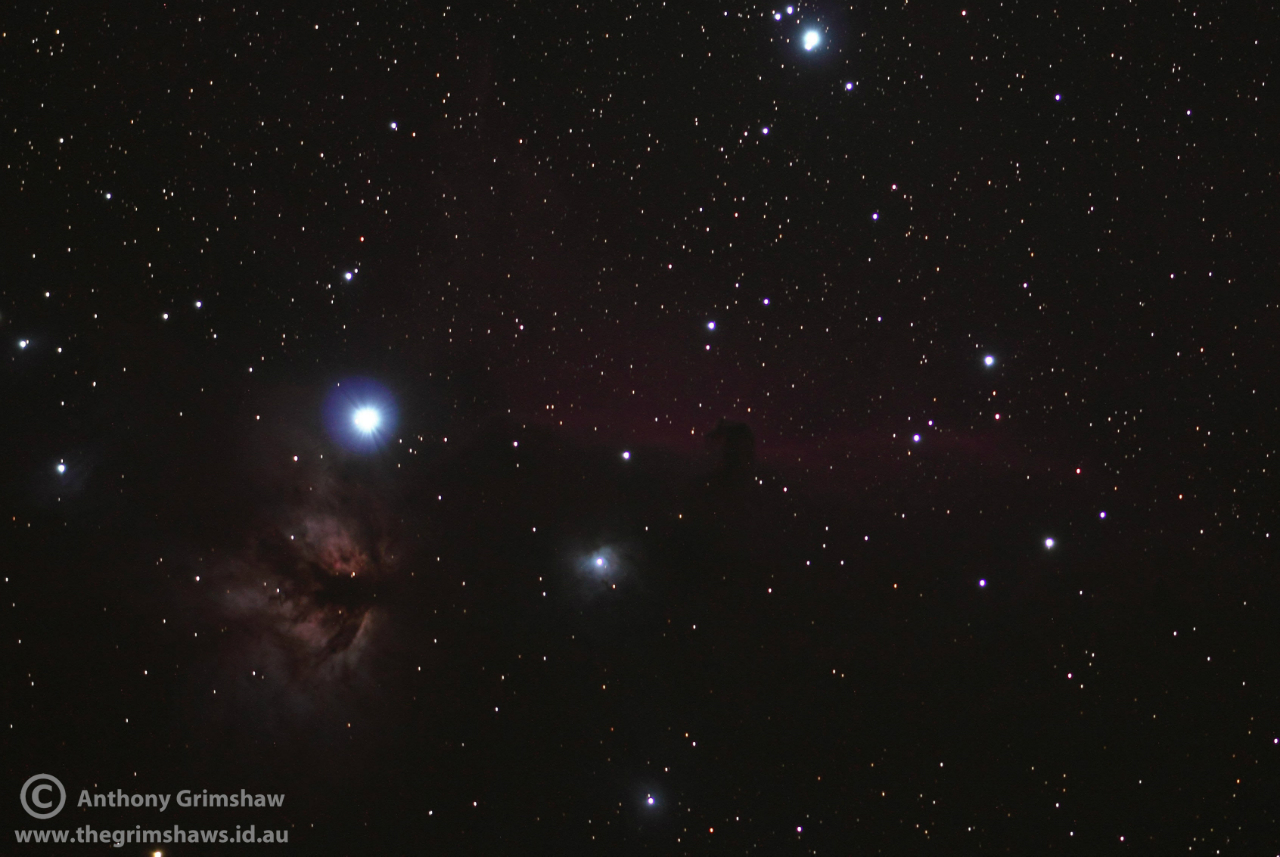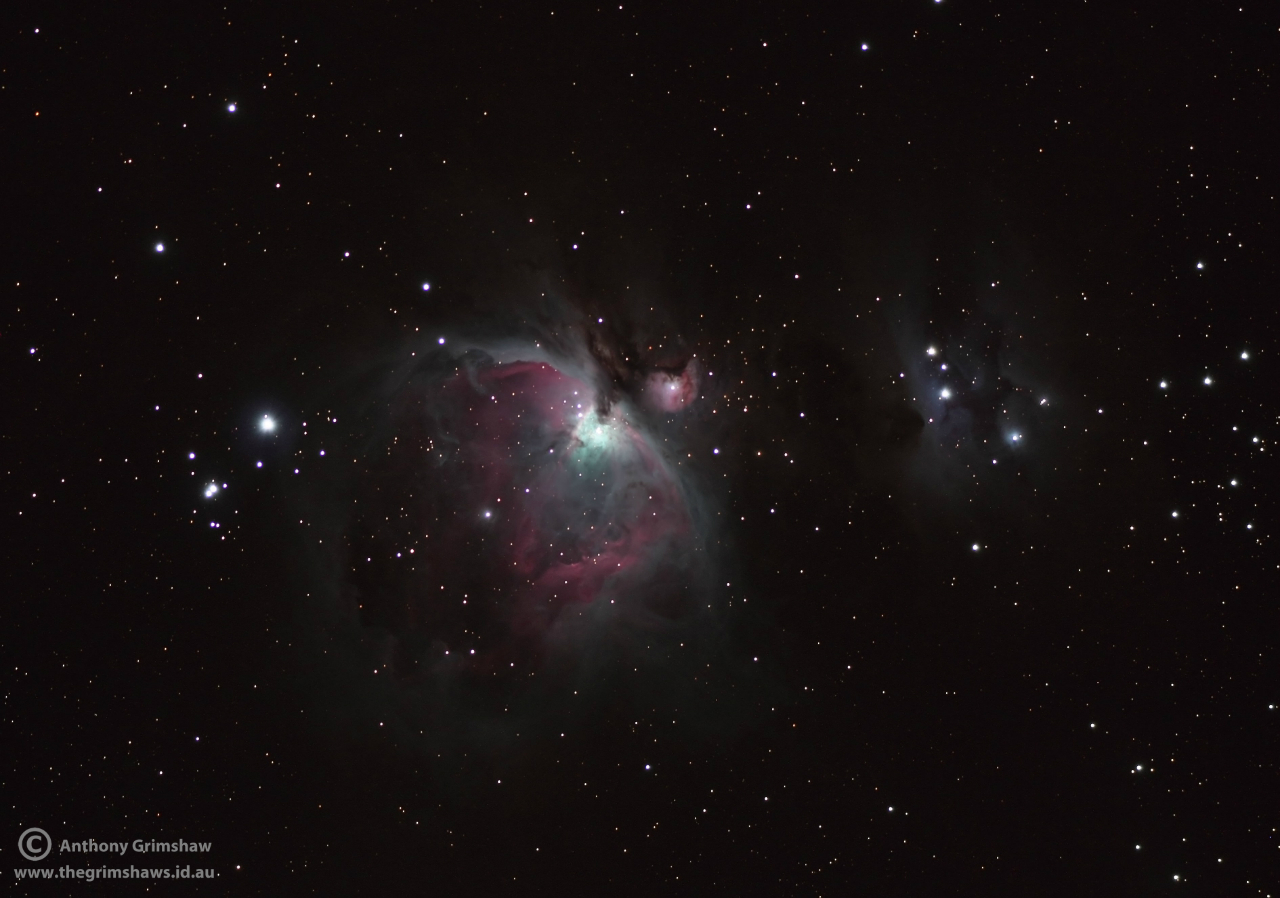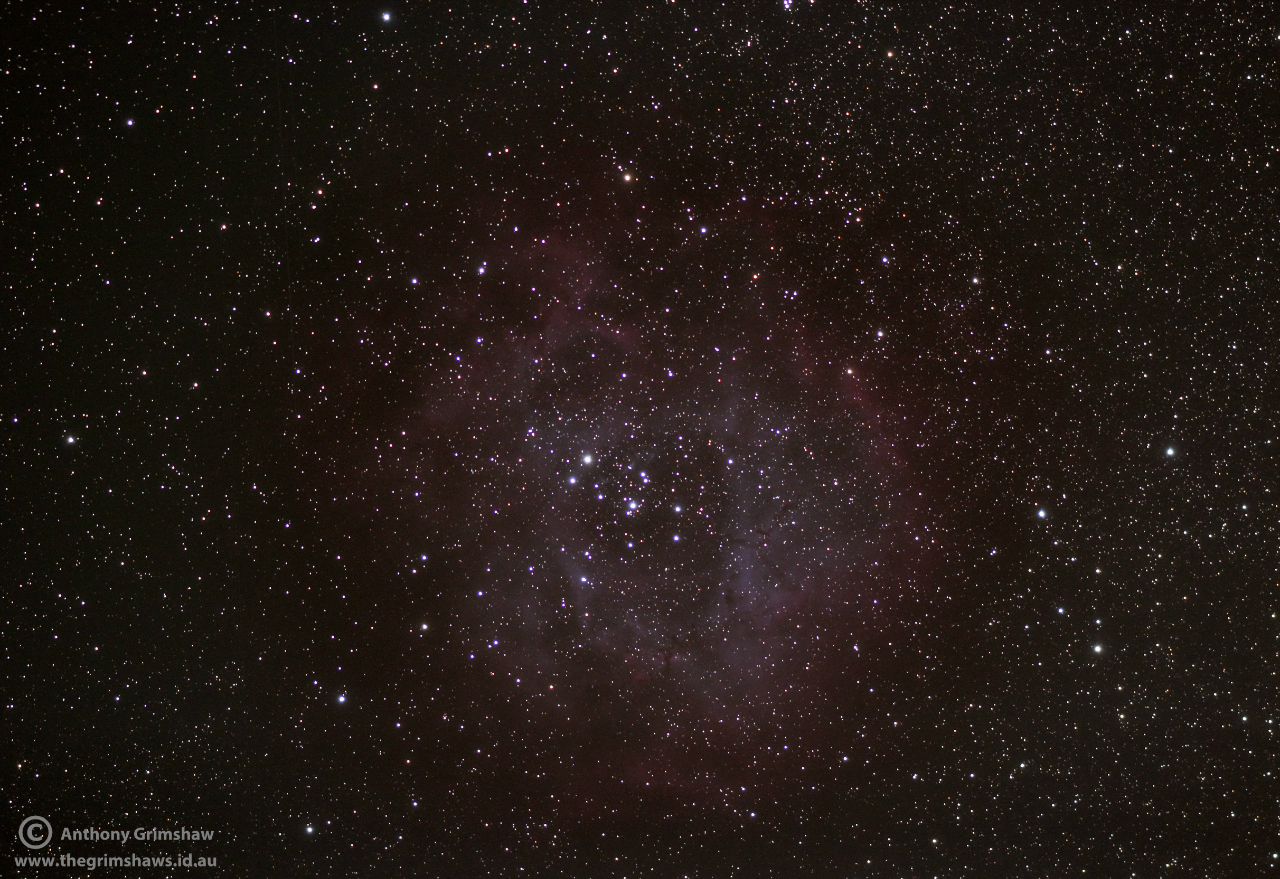Anthony's Astrophotography
Nebulae
What is a Nebula? – a nebula (or nebulae) is an interstellar cloud of gas or dust, that either emits, reflects or blocks light, in doing so nebula often form magnificent and beautiful shapes in the night sky that are ideal for photographing. Nebulae (specifically HII H2) nebulae) are often stellar nurseries. In these areas of space the collections of gas, dust, and other materials “clump” together to form larger masses, which attract further mass, and eventually will become big enough and have enough gravity to ignite fusion and give birth to new stars. The remaining materials left behind are then believed to form planets, and other planetary system objects.
Nebula are classified differently depending on their properties and fit into four major groups.
- HII (H2) regions (Diffuse nebulae, Bright nebulae, and Reflection nebulae)
- Planetary nebulae
- Supernova remnants
- Dark nebula
HII Regions
Most nebulae can be described as diffuse nebulae, this means that they are extended and contain no well-defined boundaries. These nebulae may be divided into Emission or Bright nebulae and Reflection nebulae. Emission nebulae emit light and radiation across a broad range of frequencies (often not bright enough or visible to the human eye) from mostly ionized hydrogen gas and for that reason are often called HII regions.
Diffuse Nebulae; as the name implies is more about the shape of the nebulae rather than it’s characteristics of light. Most nebulae are diffuse nebulae.
Emission nebulae; are clouds of gas and dust that are radioactive (ionized) and suoer heated, as such they “Emit” light across a range of frequencies.
Reflection nebulae do not emit significant amounts of visible light, but are near stars and reflect light from them hence their name “Reflection Nebulae”.
Although these nebulae have different visibility at optical wavelengths, they are all bright sources of infrared emission, chiefly from dust within the nebulae.
Planetary nebulae
Planetary nebulae form from the gaseous shells that are ejected from low-mass stars when they transform into white dwarfs. This process occures when small stars (like our sun) shed their outer layers as they start to run out of Hydrogen gas to fuel their fusion cores, once a star reaches this stage of it’s life it is almost over and the gas we see as a planetary nebulae is “belched away from the stars outer layers to form the beautiful shapes we see.
They are emission nebulae with emmisions similar to those of nebulae found in star formation regions.Technically they are HII regions, because most hydrogen will be ionized, but they are denser and more compact than the nebulae in star formation regions.Planetary nebulae were given their name because they were often mistaken for planets in the early days of Astronomy.
Supernova remnants
A supernova is a spectacular explosion that occurs when a super massive star reaches the end of its life. Super massive stars burn their nuclear fuel much faster than smaller stars and when they run out of the hydrogen fuelling the nuclear reation in their core the star collapses in on itself with tremendous enegery. The gas falling inward either rebounds or gets so strongly heated that it expands outwards from the core, thus causing the star to explode.
The expanding shell of gas forms a supernova remnant, a special diffuse nebula. Supernova emit enormous amounts of energy visible across the entire range of know frequencies to man. Supernovae are so bright and cause a burst of radiation that can outshines an entire galaxy (billions of stars), before fading from view over several weeks or months. A supernova can radiate as much energy as our Sun is expected to emit over its entire life span of 12 billion years.
The explosion can expel almost all of a star’s mass at a velocities of up to 30,000 km/s (10% of the speed of light), driving a shock wave into the surrounding interstellar medium. This shock wave sweeps up an expanding shell of gas and dust and is called a “Supernova remnant”. Pretty awsom if you ask me :).
Dark Nebulae
Dark nebulae; similar to reflection nebulae but not illuminated by nearby stars or internal stars, do not exhibit visible radiation, but may be detected as opaque clouds blocking light from objects behind them; they are called “dark nebulae”.
Nebulas are my personal favourite to image/photograph and here are the images I have taken to date.
